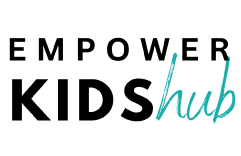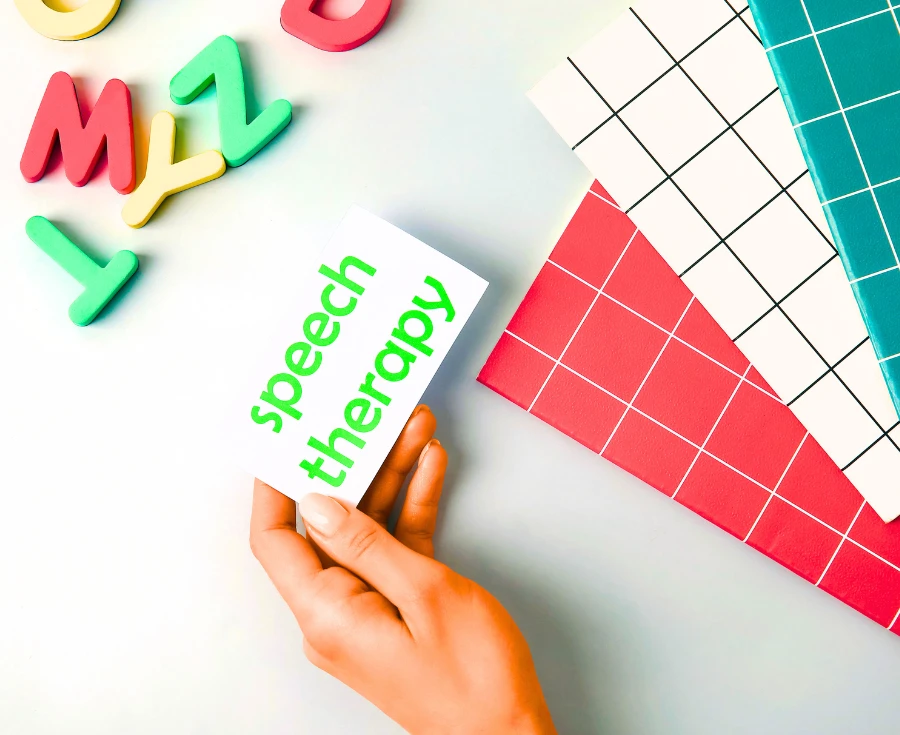
Services

EEG-Neurofeedback Training
The EEG (electroencephalograph) measures brainwaves at various frequencies within the brain. A frequency is the number of times a wave repeats itself in one second.
Neurofeedback (NF) is a self-regulation technique in which current EEG parameters recorded from the clients' heads are presented to them via visual, auditory, or tactile modality, with the expectation that they will change these parameters voluntarily or involuntarily to achieve a more efficient functional patterns.
Each of the brain wave patterns has its own strenghts and limitations. Although slow waves are associated with creativity and intuition, being stuck in slow wave patterns may result in concentration or learning problems, as well as depression.
Fast frequencies, on the other hand, are associated with logical/rational thinking, such as analysing words and using steps and sequences. However, being locked in the fast wave activity can lead to obsessive, compulsive, or addictive behaviours, or a person may experience constant anxiety. Middle speeds , also known as pure awareness states are extremely important. They include peak states in sports or performance, the ability to do tasks on autopilot, mental calm, bodily relaxation, and being present in the moment. However, being trapped in those states, may cause drifting through responsibilities and appear unmotivated. Often we create energy "habits" and become trapped at a specific rhythm. We live with both its advantages and disadvantages.
Ideally, we want our brains to be able to quickly and effortlessly transition between slow to fast states and stay in each for as long as needed. This is what neurofeedback is about. Brain training can soothe an overly stimulated brain, activate an inactive one, improve internal communication, and release subconscious material via modifying patterns and connectivity.
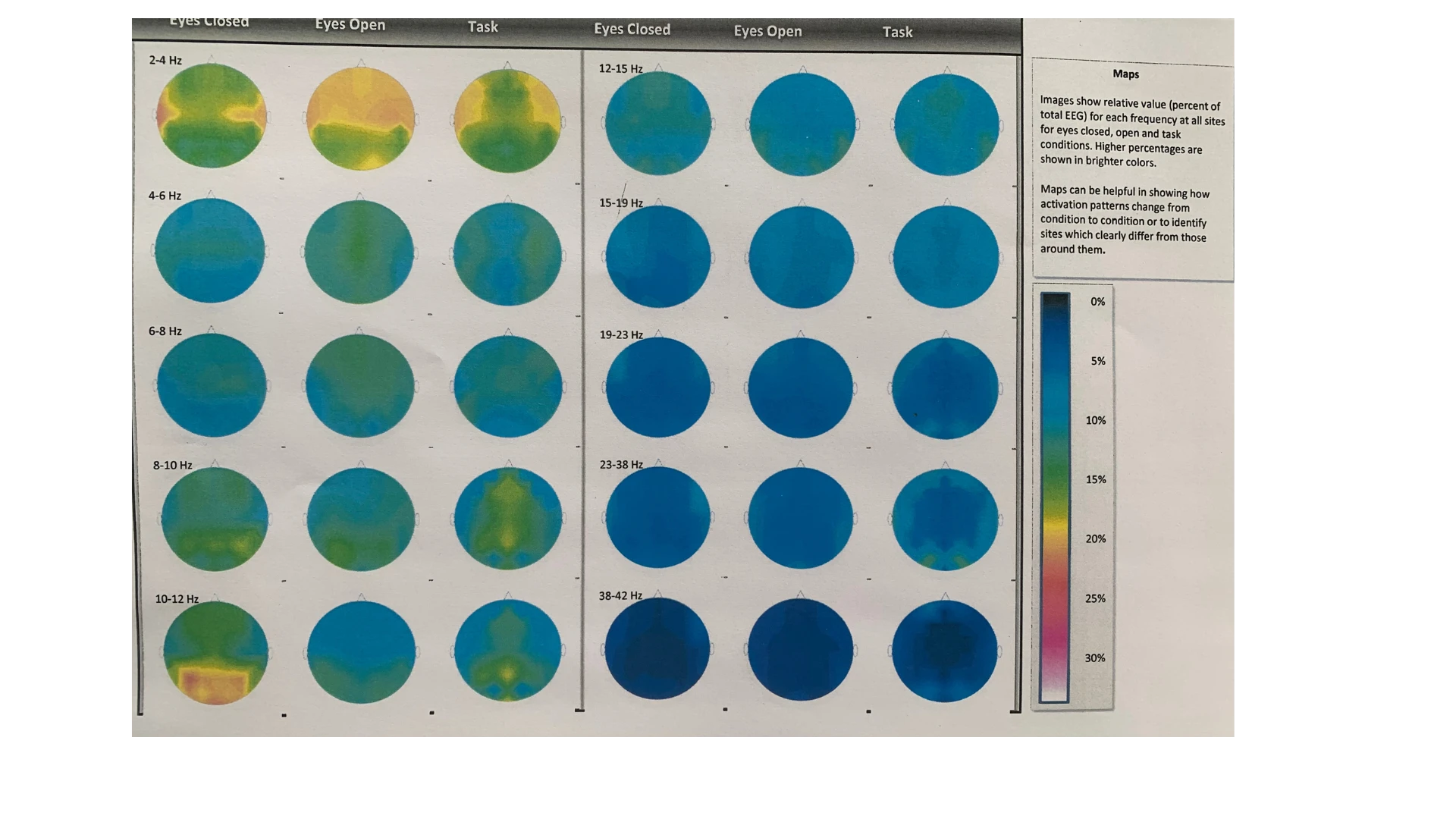
In my neurofeedback practice I use the Brain-Trainer System (https://brain-trainer.com/). It is based on the idea that the most effective EEG training adjusts what the brain is already doing.
How does EEG-Neurofeedback help with ADD and ADHD?
Source of information: brain-trainer.com

HEG-Neurofeedback Training
HEG (HemoEncephaloGraphy) is a type of neurofeedback training, which aims to increase blood levels and oxygenation, hence improving the metabolic capacity of brain regions. It focuses mainly on the prefrontal cortex, the area behind the forehead that serves as the brain's executive centre.
There are two HEG systems available: pIR (passive infrared), invented by Jeff Carmen, and nIR (near infrared), developed by Herschel Toomim. pIR detects infrared temperature variations on the forehead (higher infrared temperatures imply greater metabolic activity) and is mostly performed at Fpz (in the centre of the forehead). nIR detects the amount of red blood on the brain's surface, suggesting that it is oxygenated, and it also measures temperature variations.
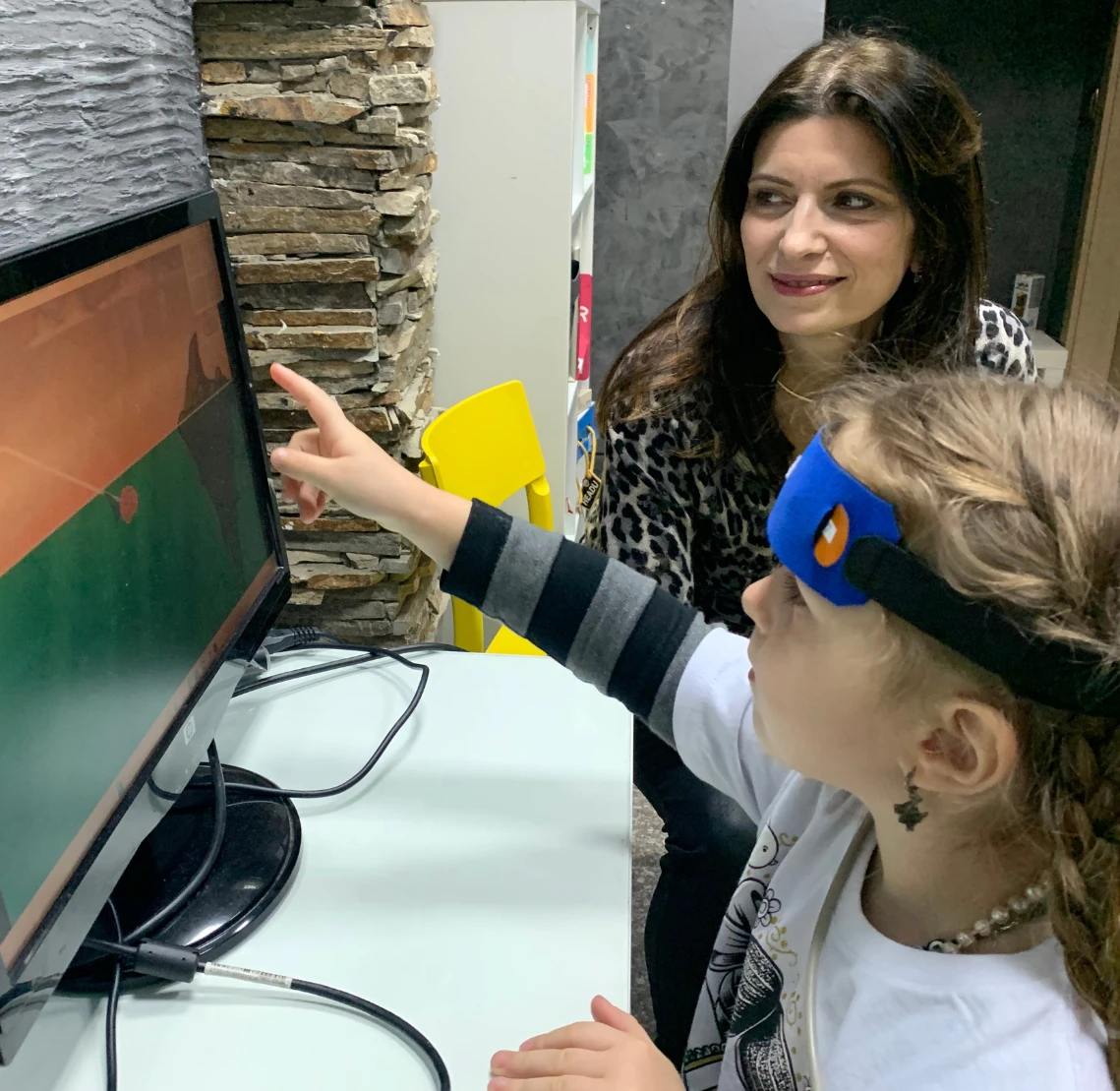
I work with nIR system used in two or three different places of the client’s forеhead during a single training session.
HEG training can be quite beneficial for children and adults with very slow frontal activity or executive function problems. Often people with ADD and ADHD exhibit prefrontal slow wave activity. This is evident from the when QEEG brain maps and from MRI imaging. In some cases it is even seen that the prefrontal lobes of such clients are “disconnected” from the rest of the brain due to an excess of slow wave activity.
There is some evidence that HEG training every four days is the most benefitial. Most of the time, we combine HEG Neurofeedback with EEG or with HRV biofeedback training. In general, the neurofeedback session starts with HEG and then we proceed with the individual EEG training protocol. Some children are not able to stay still even for a few minutes during the session. The benefit of HEG is that it is unaffected by electrical activity. Very often, children undertake a certain number of HEG and biofeedback training sessions before they are ready to sit still for EEG Neurofeedback.
What is the difference between EEG and HEG Neurofeedback?
Source of information: brain-trainer.com
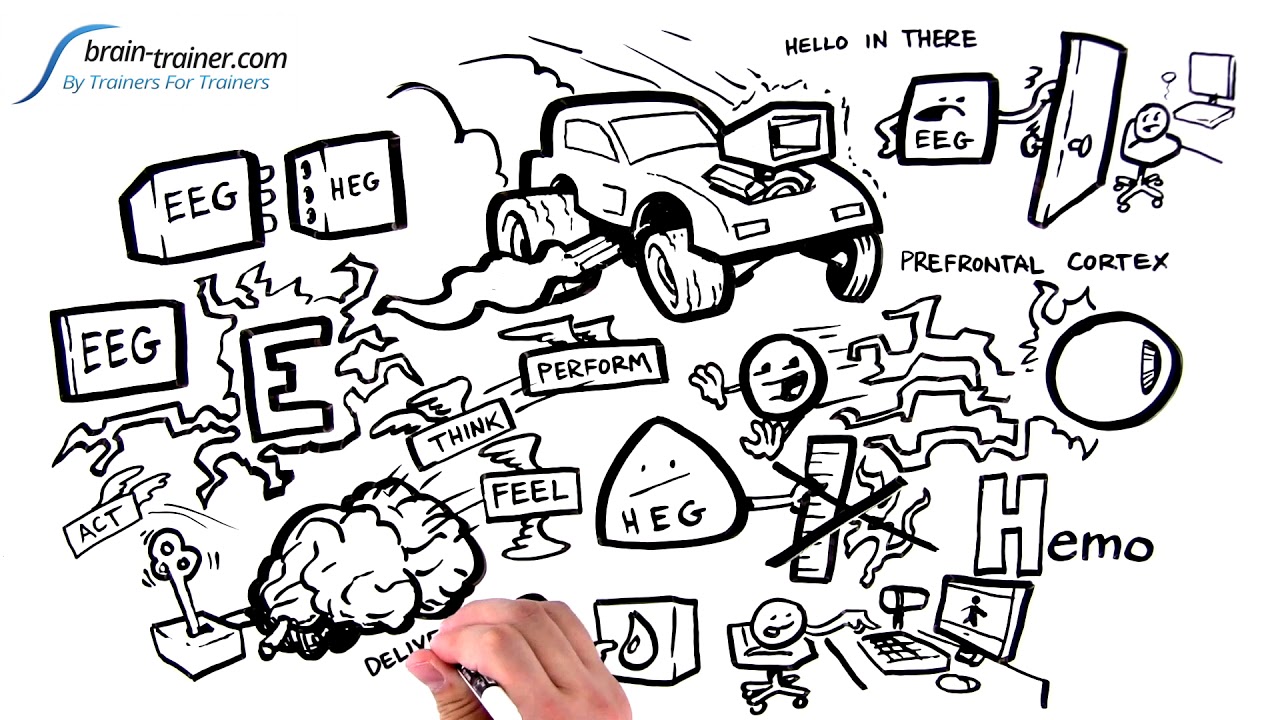
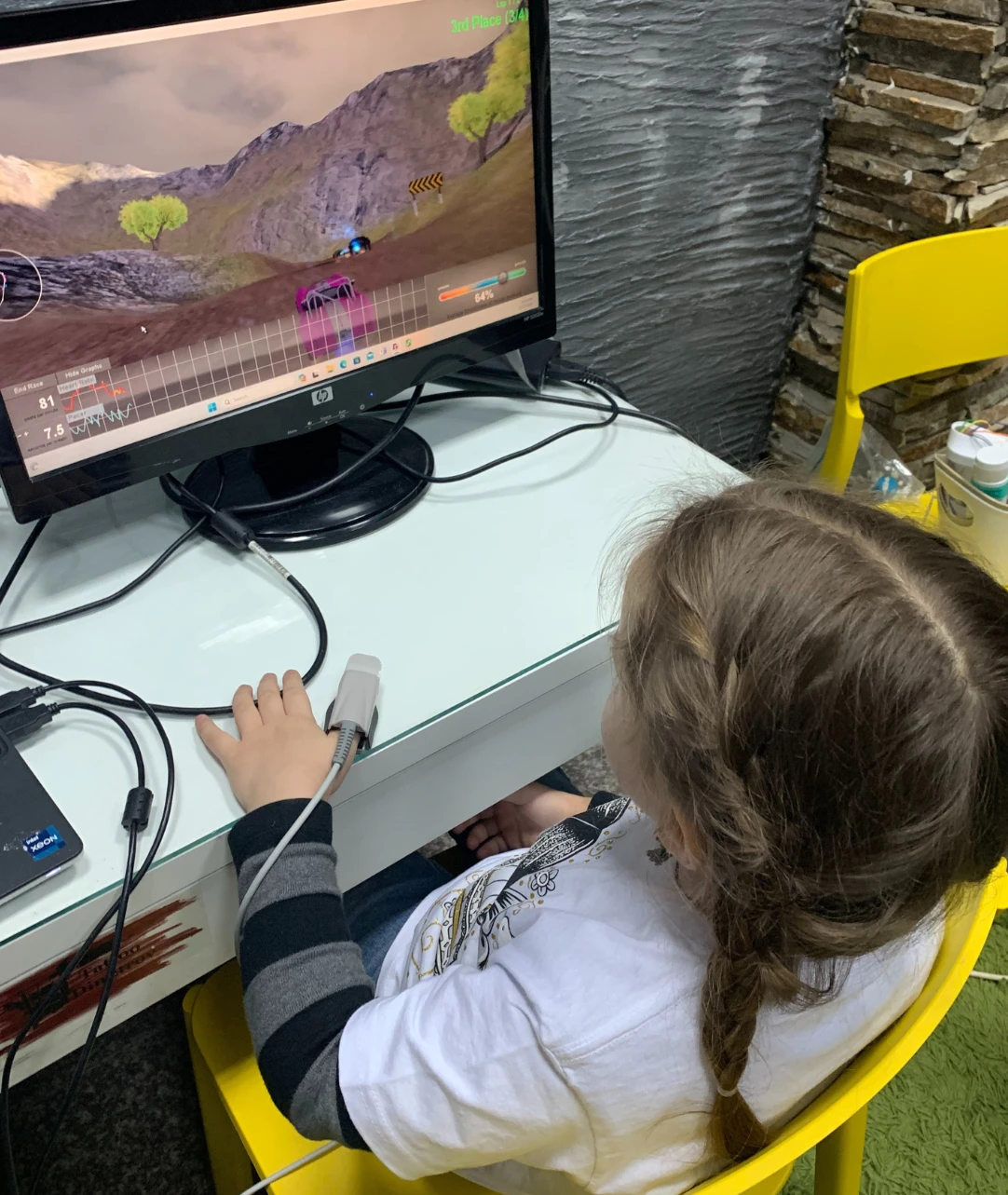
Biofeedback Training
Biofeedback is a term that covers all different training methods based on the biological feedback. However, here we describe EEG and HEG as different category (as neurofeedback) and when we talk about biofeedback, we refer to the methods that measure and aim to change physiological parameters such as heart rate (HR), heart rate variability (HRV), peripheral skin temperature, sweat gland activity etc. Electrodes attached to the skin (or finger sensors) measure these processes and display them on a monitor. Usually the client is watching a video or a visual presentation that changes according to his/her current state.
The biofeedback system that I use includes a set of interesting games and screen visualizations that are very appealling to most children. They learn self-regulation skills while being engaged in favourite games and activities.
Yoga
The positive effects of yoga have been highlighted by many authors. Various studies have documented the advantages of yoga for specific conditions and disorders. Yoga helps children with Autism Spectrum Disorders to reduce stress and anxiety, and increase balance and coordination (Betts, D. & Betts, W, 2006). It is beneficial for improving the functioning of children with sensory integration disorder (Cuomo, 2007). Specially designed yoga programs can be a great therapeutic approaches for infants and children with Down Syndrome, Cerebral Palsy, Learning Disabilities (Sonia Sumar, Yoga for the Special Child).
Due to all of its benefits, yoga is becoming more well known and it is a viable option for programs and institutions worldwide (Williams, N., 2010).

Yoga can be very beneficial for improving performance in children with ADHD, according to Haffner et al (2006).
Longtin, S. & Fitzparick, L. suggest that yoga can enhance speech, language, cognition, and play abilities throughout the developmental process. Yoga can help infants and toddlers develop prelinguistic communication abilities such as eye gaze, joint attention, and turn-taking (Yoga for Speech-Language Development, 2017).
While it may be impossible to list all the advantages of yoga, it is undeniable that it improves the quality of life (Williams, N., 2010).
I like to incorporate yoga to the other methods that I use in my work with children. Unfortunately, not every child allows to have electrode placed on his head or his hands. Many of them require some time to get used to the environment and to connect with the therapist. In these cases, starting with a short yoga routine is the best option. It can be also combined with eye movement, sound practice and fun game activities.
Working with the body as well as the mind gives a clarity of connection that is not possible otherwise (Bridges, H., 2015).

Speech and Language Therapy
Prior to becoming a speech and language therapist, I had extensive experience in the field of special education. Therefore, I currently work with children and young adults who have complex communication needs due to a variety of conditions and developmental disorders. Children with Autism, Down syndrome, speech and language impairments, intellectual disabilities or learning difficulties, and with many other conditions can benefit from one-on-one speech and language therapy sessions.
I also work with bilingual and children and young whose native language is English.
Very often, a customised neurofeedback protocols developed for the individual needs of the client, along with speech therapy, can result in significant improvement in the targeted area (communication, social skills, reading etc.).
Speech and language delay can be a result of excessive use of electronic devices during early childhood. Apart from this, the child might show other symptoms that resembles the autism diagnosis. Often the new term “virtual autism” is being used to describe the effect of the early screen exposure on the child’s development. In such cases, the methods of biofeedback are very helpful to start with, and then to procced with a speech therapy plan.
Transcranial Photobiomodulation (tPBM) using the AVANT Laser
Photobiomodulation (PBM) therapy with the AVANT LZ30 laser uses red and near-infrared light to support brain function by stimulating mitochondria—the cell’s energy producers. This non-invasive method helps restore ATP (cellular energy), reduce inflammation, and promote neurological balance.
It is particularly beneficial for children with autism, speech or sensory delays, and emotional dysregulation, where mitochondrial dysfunction and neuroinflammation may be contributing factors. Light is applied to the scalp, reaching key brain areas to activate healing and cellular regulation. Sessions are painless, fast, and tailored to each child's needs.
Learn more:

Service Pricing
Neurotherapy (Neurofeedback, biofeedback, and integrative therapies)
- 1 session per week: 80 BGN | 40 EUR
- 2 sessions per week: 70 BGN | 35 EUR per session
- 3 or more sessions per week: 60 BGN | 30 EUR per session
- Package offer*: 12 sessions for 550 BGN | 275 EUR
Speech Therapy (in English)
- Single session: 50 BGN | 25 EUR
- Package offer*: 12 sessions for 440 BGN | 220 EUR
*Package prices are valid for a period of 3 months.
